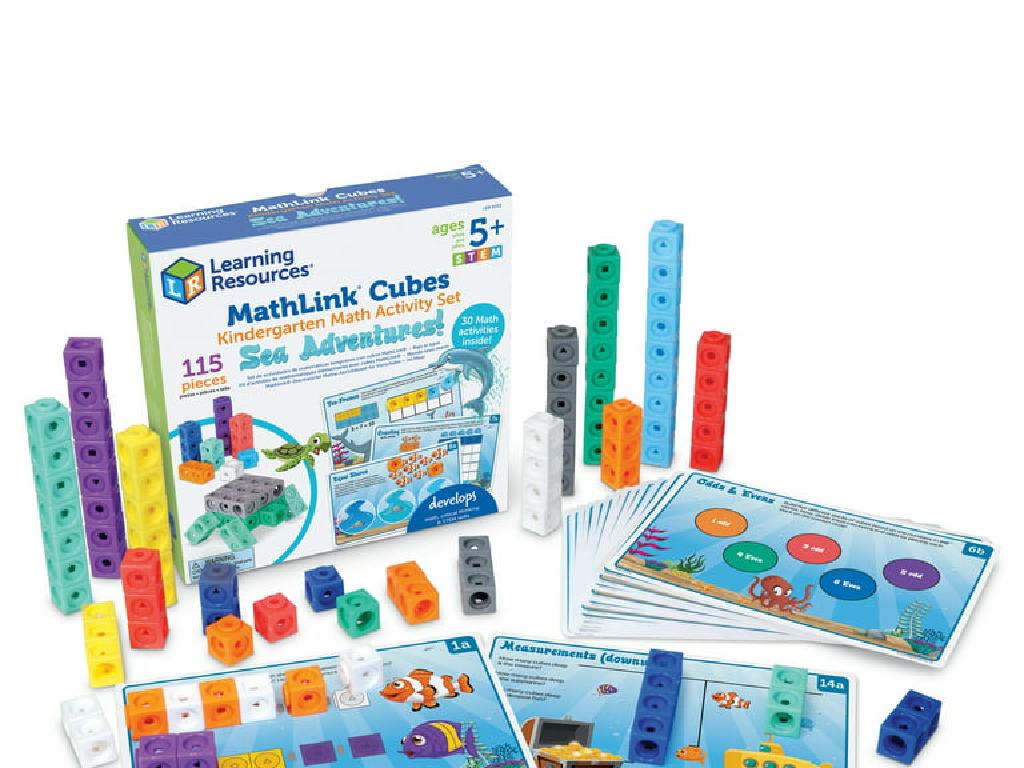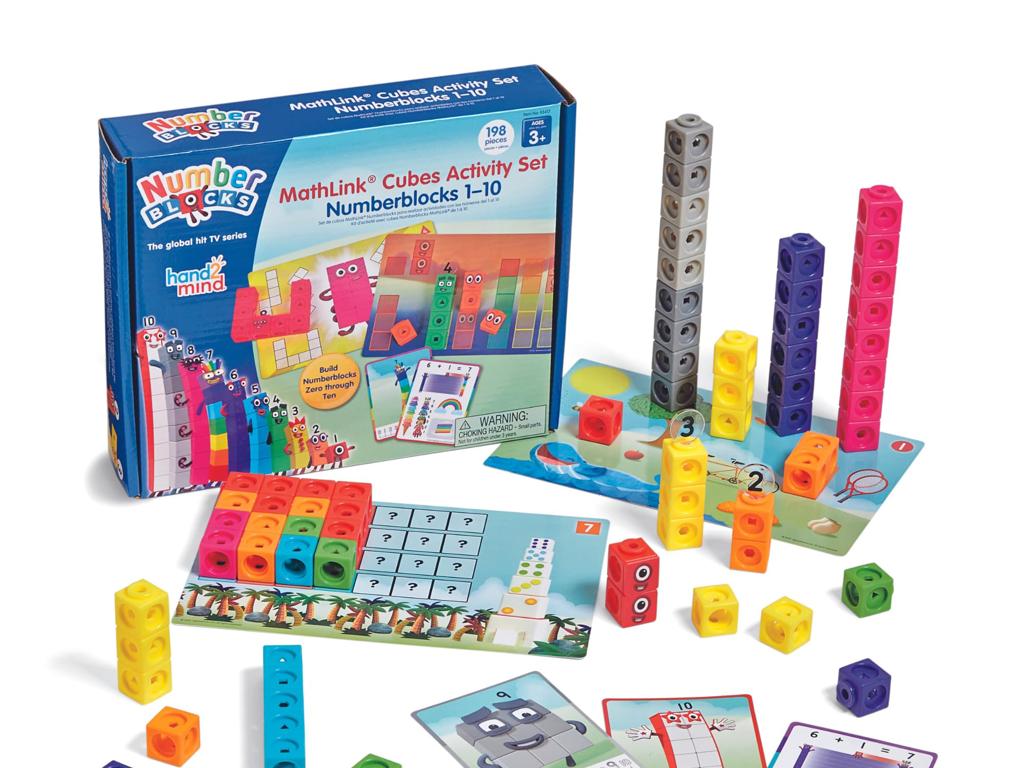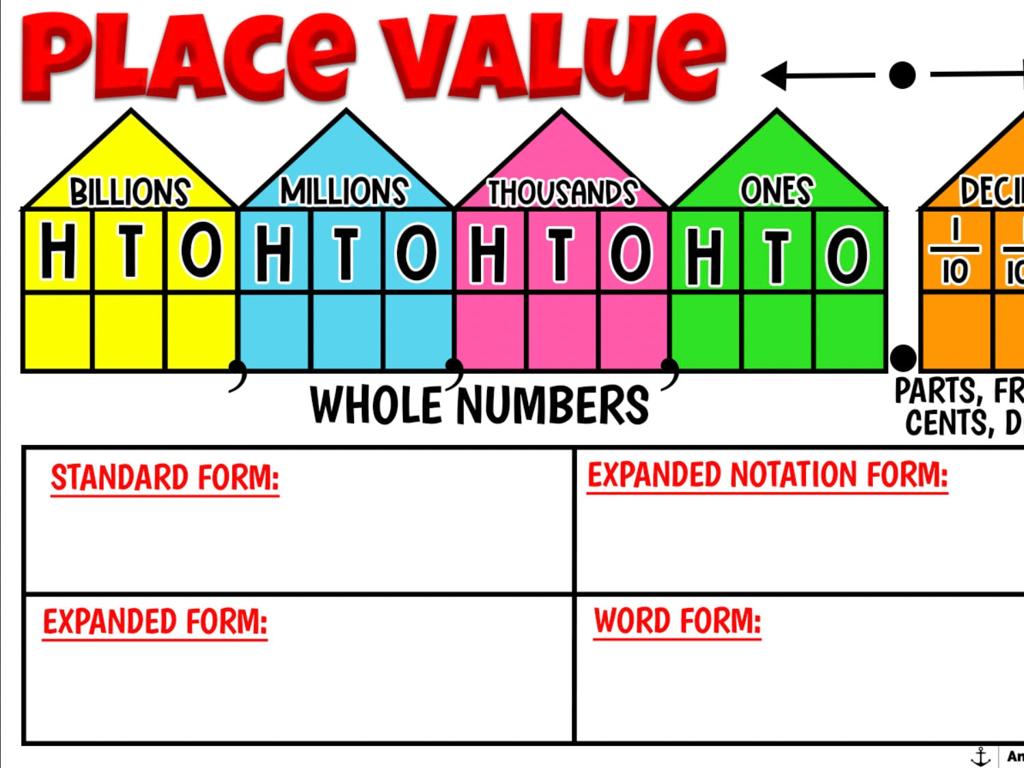Correct Errors With Subject-Verb Agreement
Subject: Language arts
Grade: Eighth grade
Topic: Subject-Verb Agreement
Please LOG IN to download the presentation. Access is available to registered users only.
View More Content
Mastering Subject-Verb Agreement
– Importance of subject-verb agreement
– Ensures clarity and accuracy in sentences
– Enhancing writing with correct agreement
– Clear, error-free writing is more compelling and professional
– Real-life examples of agreement
– Job applications, emails, and reports all require proper agreement
– Practice makes perfect
– Regular exercises will solidify your understanding
|
This slide introduces the concept of subject-verb agreement and its significance in both written and spoken English. Emphasize that matching subjects with the correct verb forms is crucial for clear communication. Explain how mastering this skill can lead to improvements in academic writing, professional correspondence, and everyday interactions. Provide real-life scenarios where incorrect subject-verb agreement can lead to misunderstandings or negative impressions. Encourage students to practice with various exercises to develop a strong grasp of the concept. The goal is for students to recognize and correct errors in subject-verb agreement instinctively.
Mastering Subject-Verb Agreement
– Define subject-verb agreement
– It’s when the subject and verb in a sentence match in number
– Rule: Subjects agree with verbs
– A singular subject pairs with a singular verb, and a plural subject with a plural verb
– Singular vs. plural subjects
– ‘Dog barks’ vs. ‘Dogs bark’ – ‘Dog’ is singular, so ‘barks’ is singular
– Singular vs. plural verbs
– ‘He runs’ vs. ‘They run’ – ‘Runs’ is singular to match ‘he’, ‘run’ is plural to match ‘they’
|
This slide introduces the concept of subject-verb agreement, which is a cornerstone of proper grammar in English. It’s essential for students to understand that verbs must match their subjects in number, meaning both must be singular or both must be plural. Use examples to illustrate the difference between singular and plural subjects and verbs. Encourage students to identify the subject and verb in sentences and to determine whether they agree. Provide additional examples and exercises to practice this skill. Emphasize common mistakes and irregular verbs that may confuse the rule.
Mastering Subject-Verb Agreement
– Finding the sentence subject
– The subject is who or what the sentence is about.
– Practice with singular & plural
– Singular subjects match singular verbs; plural subjects need plural verbs.
– Group activity: Identify subjects
– Work together to underline subjects in provided sentences.
– Understanding subject importance
|
This slide is aimed at helping students understand the concept of subject-verb agreement by first identifying the subject in a sentence. Start by explaining that the subject is the main actor or topic of the sentence. Then, move on to exercises that help students differentiate between singular and plural subjects, which is crucial for correct verb agreement. The group activity involves students working together to underline subjects in various sentences, reinforcing their understanding through collaboration. Emphasize the importance of subject-verb agreement in making sentences clear and grammatically correct. Provide examples and common mistakes to watch out for. After the activity, discuss as a class to ensure comprehension.
Mastering Subject-Verb Agreement
– Singular subjects match singular verbs
– ‘He runs’ not ‘He run’
– Plural subjects pair with plural verbs
– ‘They laugh’ not ‘They laughs’
– Recognize and apply exceptions
– ‘The news is’ not ‘The news are’, despite ‘news’ sounding plural
– Practice with class activities
|
This slide is aimed at helping students understand the basic rules of subject-verb agreement. Emphasize that verbs must agree in number with their subjects; singular subjects take singular verbs and plural subjects take plural verbs. Highlight common exceptions, such as collective nouns or nouns that are plural in form but singular in meaning. Engage the class with activities where they correct sentences, create their own examples, and identify correct and incorrect usage in passages. This practice will reinforce the rules and help students recognize subject-verb agreement in various contexts.
Avoiding Common Subject-Verb Agreement Errors
– Ignore intervening phrases
– Don t let additional words/phrases between subject and verb confuse you.
– Maintain tense consistency
– Ensure the verb tense matches the subject throughout the sentence.
– Watch for irregular verbs
– Irregular verbs don t follow standard rules, so they can trip you up.
– Practice with examples
|
This slide addresses frequent mistakes students make regarding subject-verb agreement. Emphasize the importance of ignoring intervening phrases that can lead to errors in agreement. Highlight the need for consistent verb tense to maintain clarity in writing. Discuss irregular verbs, which often require memorization as they do not follow typical conjugation patterns. Provide practice sentences for students to identify and correct errors, reinforcing the rules discussed. Encourage students to ask questions and share tricky sentences they encounter.
Let’s Practice Subject-Verb Agreement!
– Interactive correction examples
– We’ll correct sentences together on the board.
– Discuss correct vs. incorrect verbs
– Why does ‘She run’ change to ‘She runs’?
– Pair work: Craft correct sentences
– Work with a partner to write your own sentences.
– Understand agreement rules
|
This slide is designed for an interactive class activity focused on subject-verb agreement. Begin with examples on the board, inviting students to identify and correct errors. Facilitate a class discussion on why certain verbs are correct or incorrect, reinforcing the rules of subject-verb agreement. Move on to pair work, where students create their own sentences and ensure they follow subject-verb agreement rules. This activity will help students apply the rules in a collaborative setting, enhancing their understanding through practice and discussion. Provide guidance and feedback as students work through the exercises. The goal is to solidify their grasp of subject-verb agreement in a variety of contexts.
Class Activity: Subject-Verb Agreement Game
– Split into teams for a grammar challenge
– Each team corrects a sentence on the board
– Discuss the correct form of verbs
– Understand why the chosen verb is correct
|
This interactive class activity is designed to reinforce the rules of subject-verb agreement. Divide the class into small teams and provide each team with a sentence that contains a subject-verb agreement error. One member from each team will come to the board to correct their sentence. After each correction, have a brief discussion with the class to explain why the chosen verb form is correct, emphasizing the agreement between the subject and the verb. Possible sentences for the activity could include common mistakes like ‘She walk every day’ or ‘The dogs barks loudly.’ This exercise will help students identify and correct subject-verb agreement errors and understand the grammar rules that govern them.
Homework: Mastering Subject-Verb Agreement
– Complete the worksheet provided
– Write 10 original sentences
– Create sentences with subjects and verbs that match in number
– Ensure subject-verb agreement
– Check if singular subjects have singular verbs, and plural subjects have plural verbs
– Study for the upcoming quiz
|
This homework assignment is designed to reinforce the rules of subject-verb agreement. The worksheet will provide immediate practice, while writing original sentences will encourage students to apply what they’ve learned creatively. Remind students that subjects and verbs must agree in number: singular subjects take singular verbs, and plural subjects take plural verbs. This is a key concept in ensuring grammatical correctness in their writing. For the quiz, students should study the rules of subject-verb agreement, common errors, and strategies for identifying the correct verb form in complex sentences. Offer examples of both correct and incorrect subject-verb agreement to guide their study.
Mastering Subject-Verb Agreement: Recap
– Review lesson’s key points
– Importance of subject-verb agreement
– Clear communication and writing accuracy
– Encourage questions and clarifications
– Open floor for doubts ensures understanding
– Practice makes perfect
– Regular exercises will solidify the rules
|
As we conclude today’s lesson on subject-verb agreement, it’s important to revisit the main concepts we’ve covered. Understanding subject-verb agreement is essential for clear and grammatically correct writing, which is a critical skill in both academic and real-world contexts. Encourage students to actively participate by asking questions or expressing any confusion they may have. This ensures that they leave the classroom with a solid understanding of the material. To reinforce today’s lesson, remind students that consistent practice through exercises and writing assignments will help them master the rules of subject-verb agreement. Provide examples of common errors and correct them as a class to demonstrate the importance of this skill.






